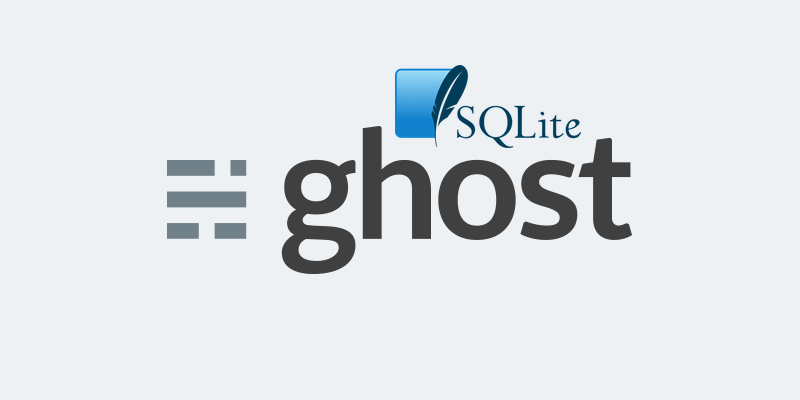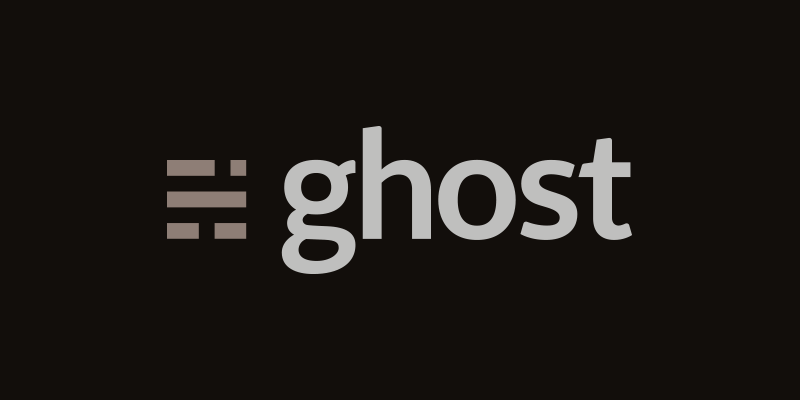Ghost's Blogging platform is great but its fairly new, and the lack of customization options available can be a little frustrating sometimes. For example, there is currently no way from within Ghost to create a static home page, and a list of posts available at /blog. This is because Ghost themes can only access the full array of posts on the root of the site at /. This problem is usually solved by having the entire Ghost installation sit behind /blog/*. This was not an ideal solution in our case, because our site started out as a blog only. Changing the...

If you are doing some local Ghost Core development, or are simply curious what is happening to your Ghost data under the hood: There is a quick and easy way to visualize and browse your local Ghost database (or any SQLite .db files). 1. Download and install a SQLite DB Browser Here is a cross-platform open-source option: http://sqlitebrowser.org/ 2. Open Ghost's .db file Launch your SQLite Browser and click on "Open Database". Select the ghost-dev.db file found inside of your local ghost install i.e.: ghost-0.7.1/content/data/ghost-dev.db 3. You are in business!...

This tutorial is meant to extend the one I wrote about building your own custom Ghost theme. In that post I went over the basic template files that all Ghost themes are made of: default.hbs, index.hbs, and post.hbs. In this post we will create a custom 'About Us' page template that we can link to using [myghostblog.com]/about. It's really pretty straight forward. Let's get started! Getting Started First, create a new template file in the root of your Ghost theme's template directory. The name of this file will depend on the desired URL of your...

In my last post, I explained how to install a new theme to your Ghost blog (assuming that you're able to find one you like). But, if you're picky or you want something unique, you'll probably want to build your own. This tutorial will get you started with the basics to build a custom Ghost theme. Installation If you don't already have Ghost installed locally on your machine, you should get that set up first. It will make developing and testing your theme much easier than uploading changes to a remote server. Here's a good article to get you going...

Ghost is a new open source blogging platform that is much more light weight (and prettier if you ask me) than the more popular Wordpress. Its so new that it doesn't have as many plugins as Wordpress (so it goes). This very blog is a self-hosted Ghost blog! Introduction Out of the box, Ghost comes with a very minimal and attractive default theme called Casper (cute, huh). It features a light sans-serif font and plenty of whitespace for optimal readability. It worked just fine for us for a while until we decided we needed two things: customization and COMMENTS. While...